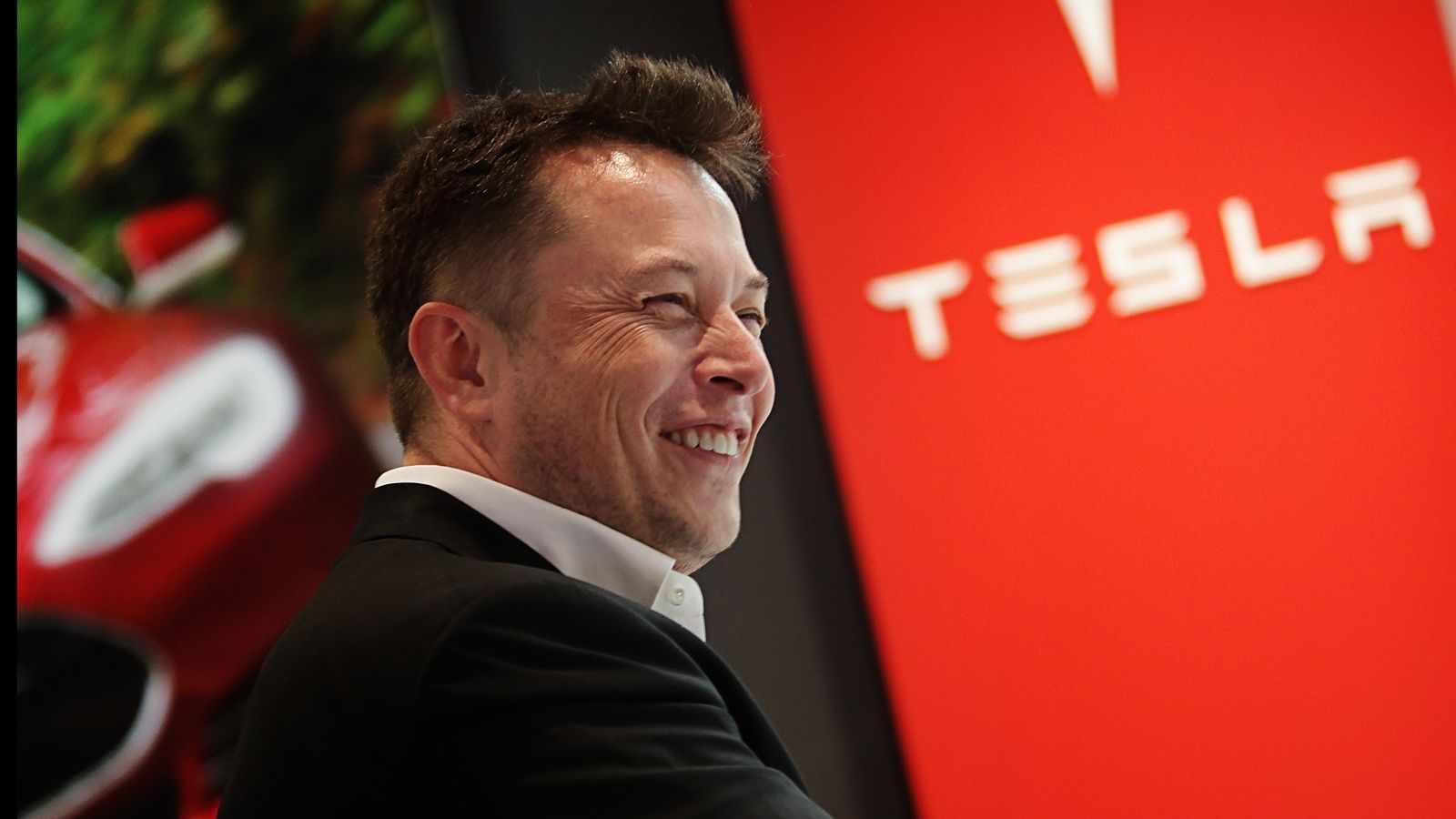From the outside, Tesla is looked at as one of the most promising automakers in the world. It may not have the capital of a General Motors or a Volkswagen, but its visionary outlook for the future has helped recalibrate the priorities of the entire industry. As gleaming as Tesla’s reputation is, there is a perceived dark side to Elon Musk’s company that was the focus of a report from The Guardian that revealed worrisome details about the company’s production facility in California and the sub-standard working conditions inside it.
The report goes into painstaking detail on various employee complaints regarding the harsh working conditions inside the production facility. A number of Tesla employees, some of whom refused to be identified, complained of illnesses, injuries, and routine ambulance visits brought about by working long hours to meet Musk’s ambitious production goals. The report even claims that ambulances have been summoned to the factory “more than 100 times since 2014,” a startling number for a company, regardless of its size or line of work. To make the picture look bleaker, Tesla even confirmed that its recordable incident rate (TRIR), a metric that measures the number of injures and illnesses that are reported to safety regulators, was above the industry-average between 2013 and 2016. The company did say that those figures have dramatically improved with the advent of new policies and improvement to safety teams, but with the report coming out, questions on whether Tesla is skimping on employee safety are going to be asked a lot more from now on.
Continue after the jump to read the full story.
Employee health is a serious issue that needs to be addressed
That was a very damning report The Guardian released. Although to be fair, complaints of horrible working conditions aren't something that’s exclusive to Tesla. Other companies, big and small, all face this important issue. They need to be addressed, first and foremost. In Tesla’s case, it doesn’t look good if an employee says that he’s seen people “pass out, hit the floor like a pancake and smash their face open” and was told to keep working “while he’s still lying on the floor.” You don’t need to have a vivid imagination to picture how messed up that situation is.
It certainly doesn’t help that Musk’s ambitious goal of building 500,000 units by 2018 could end up forcing more workers to work more hours than what they’re already putting in these days. To Tesla’s credit, the company appears to be addressing these issues the best way it can. Recent data on safety incidents show that in the first few months of 2017, Tesla’s record was 32 percent better than average. On top of that, the company said that it has added a third shift to cut down on overtime work, introduced a team of ergonomic experts, and improved the factory’s safety teams. All these changes were seen as significant factors in the reduction of incidents since 2016.
But are these new safety measures enough to eliminate the threat of illness and injuries while working on the production floor? Tesla seems to think that it can achieve that “zero-injury” record, but if it hopes of getting there, it really needs to put a lot of importance on ensuring that its workers can work in the best possible working conditions. Musk himself made it clear of his intentions, saying that the company is “trying to do good for the world and we believe in doing the right thing. That extends to caring about the health and safety of everyone at the company.”
It’s good to hear coming from the man who runs the show at Tesla, but Musk and company executives better make sure that they pay more than just lip service to this issue. If they don’t, and more horror stories of employees getting sick or injured while working at Tesla come out, it’s going to have a much bigger problem on its hands than trying to build 500,000 units by 2018. That much we can all be sure of.
.The Guardian0}

